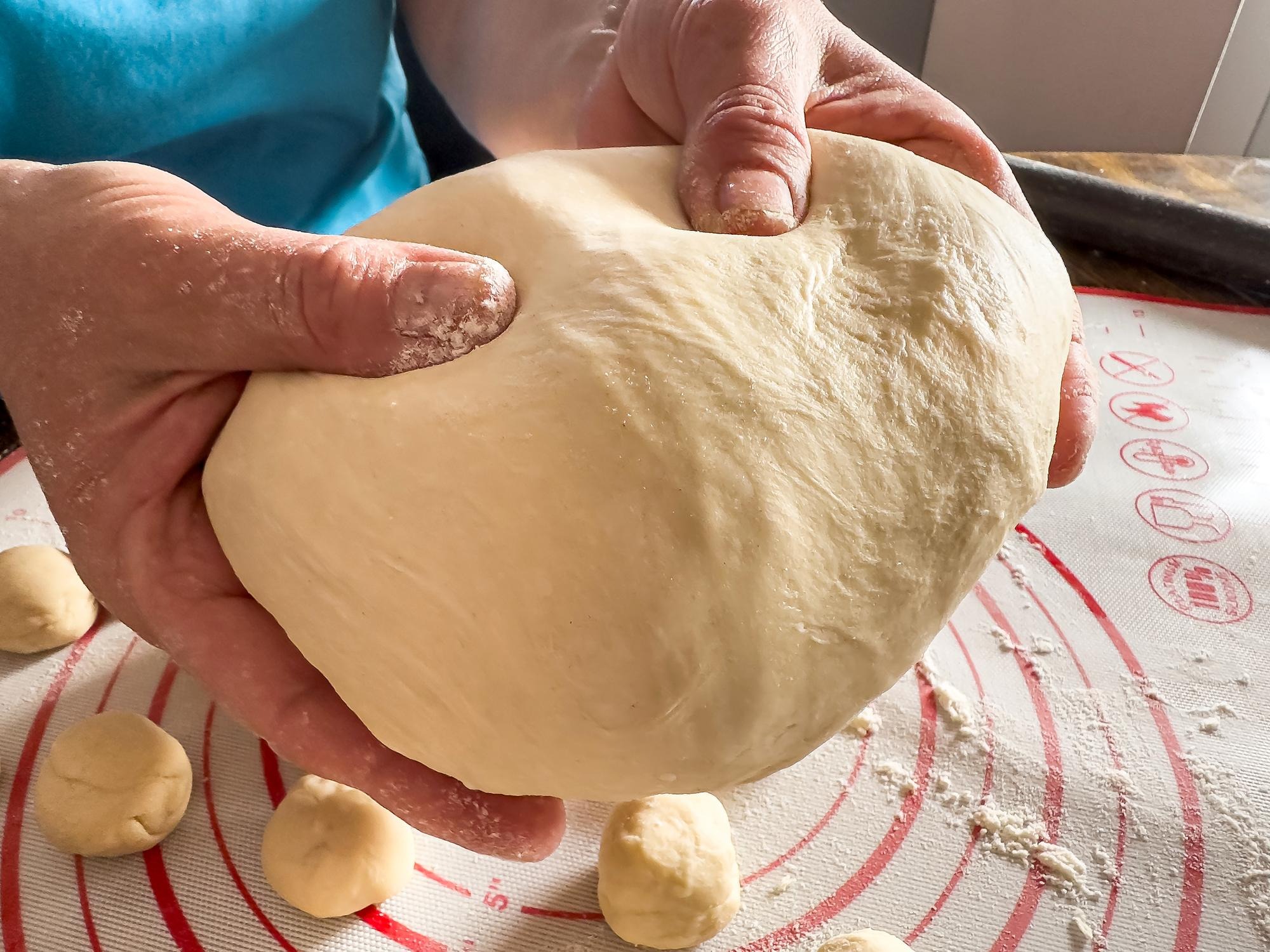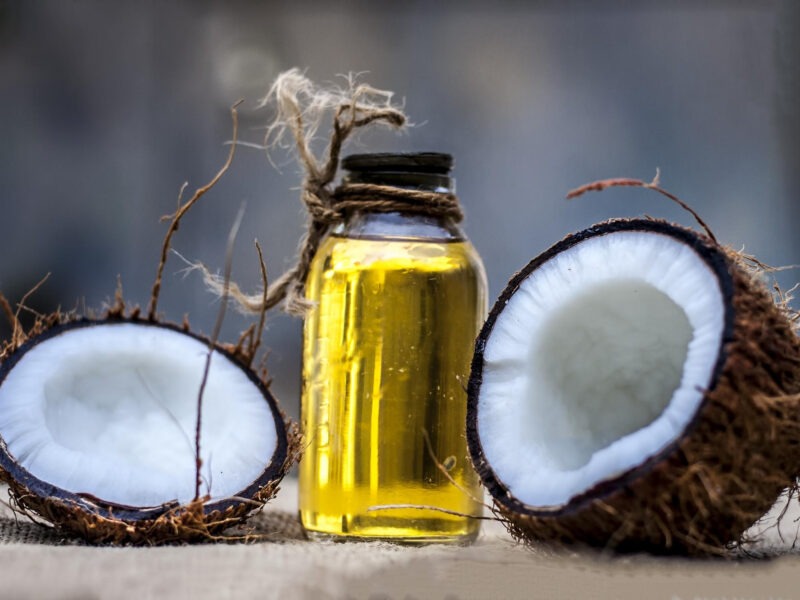How to Make Homemade Pizza Dough: A Step-by-Step Guide
Making homemade pizza dough can seem like a daunting task, but it’s a surprisingly simple process that can transform your pizza nights from good to great. With this detailed guide, you’ll learn how to craft the perfect base for your pizza, ensuring a delicious outcome every time. So, let’s dive into the art of pizza dough making, shall we?
Understanding the Basics
Ingredients You’ll Need:
- Flour: The backbone of your dough. High-gluten or bread flour is ideal for a chewy crust.
- Water: Warm water helps activate the yeast.
- Yeast: This is what makes your dough rise. Instant yeast is a convenient option.
- Salt: Enhances flavor.
- Oil: Olive oil adds richness and helps create a tender crust.
The Process Simplified
- Activating the Yeast: Begin by mixing the yeast with warm water. A pinch of sugar can help jump-start the yeast’s activity. Let it sit for about 5 minutes until it becomes frothy.
- Mixing the Ingredients: In a large bowl, combine your flour and salt. Once the yeast mixture is ready, add it to the flour along with a splash of olive oil. Mix until it forms a shaggy dough.
- Kneading Your Dough: Transfer the dough to a floured surface and knead for about 10 minutes. You’re aiming for a smooth, elastic texture. This process develops the gluten, which gives the dough its structure.
- First Rise (Fermentation): Place the dough in a lightly oiled bowl, cover it with a damp cloth, and let it rise in a warm spot. This can take anywhere from 1 to 2 hours. The dough should double in size.
- Shaping: Once risen, punch down the dough to release any air bubbles. Divide it into balls if you’re making individual pizzas. Let it rest for a few minutes before shaping.
- Second Rise: For a thicker crust, let the shaped dough rise for another 30 minutes. For a thinner crust, you can skip this step.
- Baking: Preheat your oven as hot as it will go, ideally between 475°F to 500°F (245°C to 260°C). Stretch your dough onto a pizza stone or a baking sheet and add your toppings. Bake until the crust is golden and the cheese is bubbly.

Troubleshooting Your Dough
- If your dough is too sticky: Add a bit more flour, but do so sparingly. You don’t want to dry out the dough.
- If your dough is too dry: Incorporate a little more water until you reach the desired consistency.
- Not rising?: Ensure your yeast is fresh and that the environment is warm enough to encourage fermentation.
Customization and Tips
- Flavoring Your Dough: Feel free to add dried herbs or garlic powder to the dough mixture for an extra flavor boost.
- Storage: You can refrigerate the dough for up to 3 days or freeze it for future use. Just make sure to let it come to room temperature before using.
Why Homemade Beats Store-Bought
Making your pizza dough at home not only gives you control over the ingredients but also allows you to customize the thickness and size of your crust. Plus, the satisfaction of enjoying a pizza with a crust made from scratch is unbeatable.
Conclusion
There you have it—making homemade pizza dough is a simple yet rewarding process that will elevate your homemade pizzas to a new level. Remember, like any culinary endeavor, practice makes perfect. Don’t be afraid to experiment with different flour types, hydrations, and fermenting times to find what works best for you. Happy baking, and enjoy the delicious results of your homemade pizza dough!


